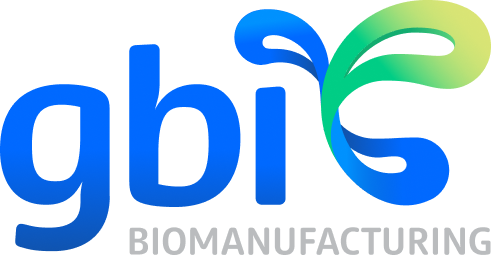By Nicholas Filipancic
As BioProcess International East approaches, I’m excited to join the GBI Bio team in discussing and learning about some pivotal trends that are shaping the bioprocessing landscape. This event provides a unique platform to delve into the latest advancements and innovations that are driving the industry forward. Here are some of the key areas that I’m particularly looking forward to exploring at the show:
Efficiency Enhancements Across Bioprocessing Phases
Efficiency is at the heart of bioprocessing innovation. As the demand for biopharmaceuticals grows, the industry is under increasing pressure to streamline processes, reduce costs, and accelerate time-to-market without compromising quality. Here are some of the ways this is being achieved:
Cell Line Development Breakthroughs
One of the most exciting areas of progress is in cell line development, particularly with Chinese Hamster Ovary (CHO) cell lines, which are a workhorse in the production of therapeutic proteins. Recent advancements in vector design and single-cell clone selection have significantly streamlined the cell line development process. The integration of minipool cells has been a game-changer, enabling certain process development activities to begin earlier, thereby shortening timelines. This not only speeds up the overall development process but also enhances the efficiency of producing high-quality cell lines that are critical for biomanufacturing.
The ability to rapidly develop robust cell lines is crucial for meeting the industry’s growing demands. These advancements are helping to bring new therapies to market more quickly, which is particularly important in the face of global health challenges.
Emerging Technologies in Bioprocessing
The integration of emerging technologies into bioprocessing is another major trend that is revolutionizing the industry. Continuous processing, automation, high-throughput experimentation, and predictive modeling are increasingly being adopted in both process development and commercial manufacturing.
Continuous processing, for instance, offers a more streamlined and efficient approach compared to traditional batch processing. By enabling continuous production, this technology reduces downtime, improves product consistency, and increases overall efficiency.
Automation and high-throughput experimentation are also playing a critical role in enhancing efficiency. Automation reduces the potential for human error and increases the speed of operations, while high-throughput experimentation allows for the rapid screening of multiple process conditions, leading to faster optimization.
Predictive modeling, powered by advanced data analytics, is another tool that is gaining traction. By predicting the outcomes of various process conditions, it helps in making informed decisions early in the development process, reducing the need for extensive trial and error.
These technologies collectively contribute to a more efficient bioprocessing landscape, ensuring that life-saving medicines can reach patients faster without compromising on quality.
CMC Considerations for Radiopharmaceutical Manufacturing
Radiopharmaceuticals represent a growing segment of the biopharmaceutical industry, offering new avenues for diagnosis and treatment, particularly in oncology. However, the production of radiopharmaceuticals comes with its own set of challenges, particularly in Chemistry, Manufacturing, and Controls (CMC).
One of the critical aspects of radiopharmaceutical manufacturing is the sourcing and generation of antibody or protein delivery systems. These systems need to be precisely engineered to deliver radioactive payloads to specific targets within the body.
Developing scalable conjugation processes for chelators or linker-payloads is another key challenge. These processes need to be robust and reproducible to ensure the consistent quality of the final product.
Managing the short half-life of radioactive components adds another layer of complexity. This requires meticulous planning and coordination to ensure that the final product is available for patient use within the required time frame.
Traceability and reliable sourcing of radioactive materials are also crucial for ensuring the safety and efficacy of radiopharmaceuticals. As the demand for these therapies grows, the industry must continue to innovate to address these challenges.
Learn more about “Novel Conjugation approaches to developing RadioImmune Conjugates-Case Studies” HERE!
Looking Ahead
BioProcess International East is set to be a valuable opportunity for exploring these trends in greater depth. The advancements in cell line development, the adoption of emerging technologies, and the evolving CMC considerations for radiopharmaceuticals are all contributing to a more efficient and effective bioprocessing landscape. I’m eager to engage in discussions, share insights, and learn more about how these trends are shaping the future of biomanufacturing. Stay tuned for more updates as we dive into these exciting developments at the show!
